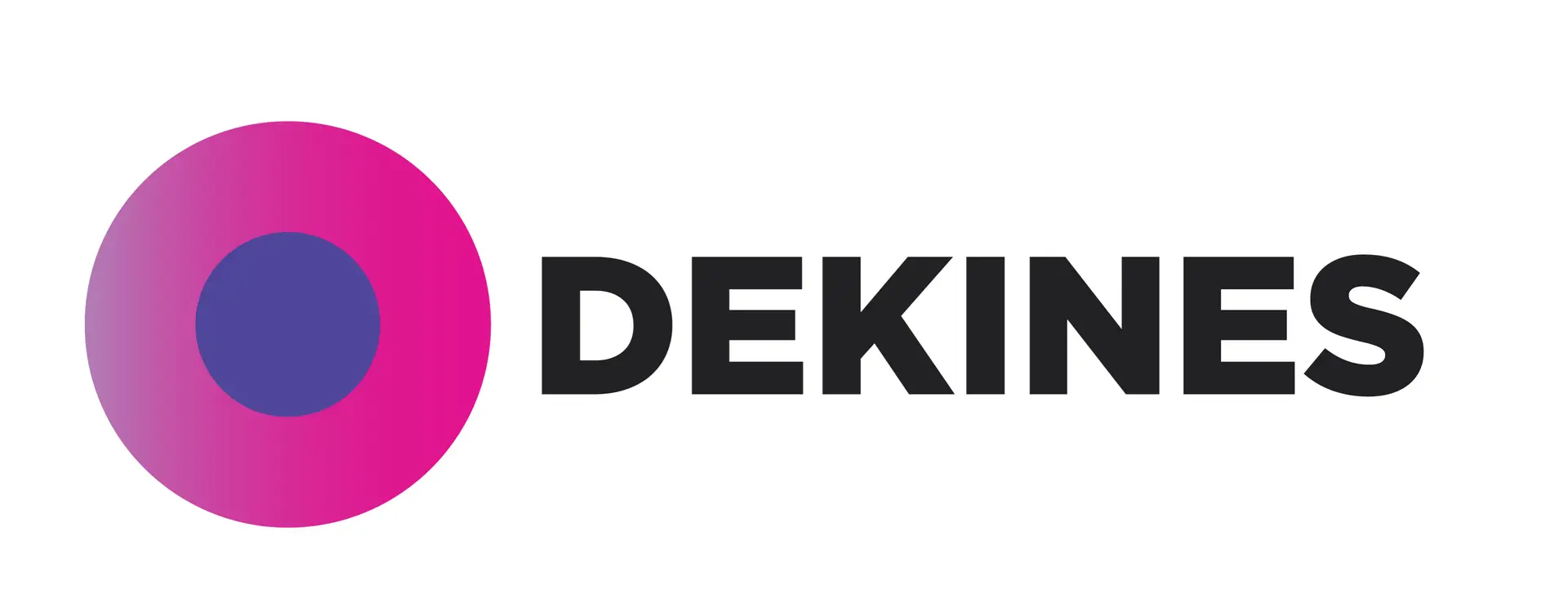Industry 4.0 with your Dkines
26 February, 2021
La importancia de la organización de las aéreas de trabajo
28 December, 2021Enterprise resource planning (ERP) systems are the management information systems that integrate and manage many of the businesses associated with the production operations and distribution aspects of a company in the production of goods or services.
Enterprise Resource Planning is a term derived from Manufacturing Resource Planning (MRPII) and followed by Material Requirement Planning (MRP); However, ERPs have evolved towards subscription models for the use of the service (SaaS, cloud computing).
ERP systems typically handle company production, logistics, distribution, inventory, shipping, invoices, and accounting in a modular way.1 However, enterprise resource planning or ERP software can play a role in controlling many business activities. such as sales, deliveries, payments, production, inventory management, quality management, and human resource management.2
ERP systems are sometimes called back office (back office) since they indicate that the client and the general public do not have access to it; likewise, it is a system that deals directly with suppliers, not establishing a merely administrative relationship with them (SRM). Subsequently, the ERP software was occupying all the spaces of the organization, absorbing the functions of the CRM. In fact, the major CRM producing companies in the world were absorbed by ERP software companies in the last ten years.
ERPs worked widely in businesses. Among its most common modules are those of manufacturing or production, storage, logistics and technological information, they also include accounting, and usually include a human resources management system, and marketing and strategic management tools.
State-of-the-art ERPs tend to implement administration abstractions such as MECAF (Formalized Administrative Circuits Expression Method) or FAN (Formalized Administrative Notation) in their circuits, which provide great flexibility to describe different circuits used in different companies. This simplifies regionalization and adaptation of ERPs to different vertical markets.








